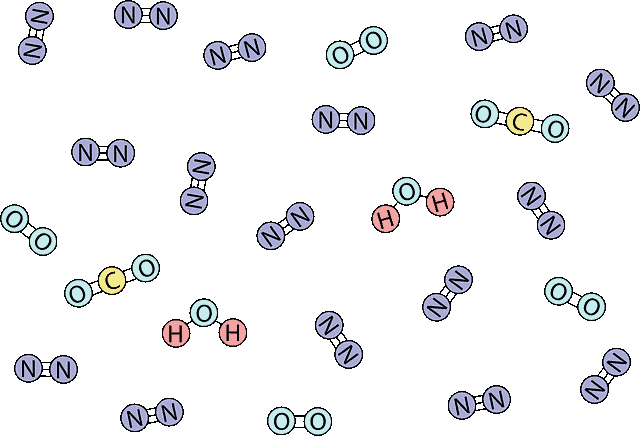Commercial food packaging may seem simple, but it is actually a complex science with nitrogen playing a vital role in the whole process. The air that comes out of an opened bag of chips is nitrogen, not oxygen, and it’s there for a reason. Here are 3 facts you need to know about the use of nitrogen in commercial food packaging.
Nitrogen is An Inert Gas
Nitrogen is a colorless, odorless, and tasteless gas that makes up 78% of the earth’s atmosphere. It is classified as an inert gas because it does not react with other elements under normal conditions. This makes nitrogen ideal for use in food packaging, as it does not alter the taste or other physical properties of the food.

The same is not true for saying oxygen, which can cause food to spoil by oxidizing it and making it go rancid.
Nitrogen is Used to Flush Out Oxygen from Food Packaging
Flowing from the first point, the main use of nitrogen in commercial food packaging is to flush out oxygen from the packaging before sealing it. Many businesses either have an onsite nitrogen generation unit or employ a nitrogen delivery service for this purpose.
To illustrate how oxygen can be detrimental to food:
Oxygen can not only cause food to spoil or go rancid, but it can also increase the rate of oxidation. Oxidation is a process in which one molecule steals an electron from another, causing a chain reaction that results in cellular damage. This makes oxygen particularly dangerous for certain foods such as nuts and seeds, which are rich in fats and oils.
The dangers of food that are spoiled due to oxidation unsurprisingly include:
- Food poisoning. Food poisoning is caused by consuming foods that contain certain toxins or pathogens, such as mycotoxins and salmonella.
- Tummy ache/indigestion. Sometimes, food can undergo oxidation to produce unstable compounds called free radicals. These compounds can cause abdominal cramps and indigestion.
- Bloating. Food that is oxidized is also more likely to cause bloating and gas. This is because the oxidation process produces compounds that are difficult for the body to break down.
Nitrogen Flushing is a Short Process
The process of nitrogen flushing is relatively short, taking only a few moments to complete. This makes it ideal for use in commercial food packaging, as it minimizes the amount of time that food is exposed to oxygen and other potentially harmful contaminants.
The process involves pumping nitrogen into the packaging until it displaces the oxygen. A high 99 percent of nitrogen is typically used for the process.
Overall, nitrogen is an important gas for keeping food fresh and safe during transport, storage, and consumption. By understanding the science behind nitrogen, businesses can utilize this gas to their advantage and ensure that their products are of the highest quality.

